Stanzas in Meditation
Stanzas in Meditation
The Corrected EditionGertrude SteinEdited bySusannah HollisterandEmily SetinaWith an Introduction byJoan Retallack Stanzas in Mediation
Stanzas in Mediation is a co-publication of Yale University Press and the Beinecke Rare Book and Manuscript Library. Published with assistance from the foundation established in memory of James Wesley Cooper of the Class of 1865, Yale College.
Stanzas in Meditation copyright 1956, 2010 Estate of Gertrude Stein. All rights reserved. Permission to publish facsimiles of materials from the Gertrude Stein and Alice B. Toklas Papers at the Beinecke Rare Book and Manuscript Library was granted by the Estate of Gertrude Stein through its Literary Executor, Mr.
Stanford Gann, Jr., of Levin & Gann, P.A. The Impossible: Gertrude Stein by John Ashbery, copyright 2004 by John Ashbery. Selected Prose (edited by Eugene Richie, University of Michigan Press, 2004, and Carcanet Press Limited, 2004). Review of Gertrude Steins Stanzas in Meditation (Yale University Press, 1956). From Gertrude Stein Advanced: An Anthology of Criticism, edited by Richard Kostelanetz (McFarland and Co., 1990). 4 (July 1957). 4 (July 1957).
Portions were reprinted in A Library of Literary Criticism: Modern American Literature, compiled and edited by Dorothy Nyren (Frederick Ungar, 1960). Reprinted by permission of Georges Borchardt, Inc., on behalf of the author. Copyright 2012 by Yale University. All rights reserved.
This book may not be reproduced, in whole or in part, including illustrations, in any form (beyond that copying permitted by Sections 107 and 108 of the U.S. Copyright Law and except by reviewers for the public press), without written permission from the publishers. Yale University Press books may be purchased in quantity for educational, business, or promotional use.
For information, please e-mail sales.press@yale.edu (U.S. office) or sales@yaleup.co.uk (U.K. office). Designed by Mary Valencia.
Set in Adobe Caslon type by Keystone Typesetting, Inc.
Printed in the United States of America. Library of Congress Control Number: 2011924246
ISBN 978-0-300-15309-5 (paperback : alk. paper) A catalogue record for this book is available from the British Library.
This paper meets the requirements of ANSI/NISO Z39.481992 (Permanence of Paper). 10 9 8 7 6 5 4 3 2 1
Contents
Preface
John Ashbery wrote in 1957 that reading Gertrude Steins
Stanzas in Meditation comes to seem like living a rather long period of our lives with a houseful of people. In the summer of 2009, the more intense than long period we spent preparing the poem for this edition, we inhabited not a house but a basement room of Yale Universitys Beinecke Rare Book and Manuscript Library. Our company consisted of Gertrude Stein, present through her large, loose, looping handwriting in manuscript notebooks; Alice B. Toklas, present through her typescripts and neat handwritten edits; Joseph Addison, painted in 1716, present in the portrait hanging on the south wall of our windowless room; Louis Mayer Rabinowitz, painted in 1953, present in the portrait hanging on the west wall; and each other. On the other side of the south wall was an empty space where Francis Picabias 1933 portrait of Stein, painted soon after the composition of
Stanzas, usually hangs in the main reading room, though the portrait was off-site that summer for reasons we never learned.
We came to that room, and joined that company, for the story of textual revision and romantic jealousy that led to Stanzas multiple versions. The story, uncovered by Ulla Dydo and presented at length in her Gertrude Stein: The Language That Rises, 19231934 (2003), goes as follows: Stein began writing the poem in the summer of 1932 and ultimately filled six notebooks with its text. Toklas prepared a first typescript of Stanzas from Steins manuscripts, their typical working method, later that year. Then, in December 1932, Toklas read Steins early fictional work Q.E.D., the manuscript of which had resurfaced in Steins studio during an April visit by Bernard Fy and Louis Bromfield. Based on a past love affair, the text brought to light Steins relationship with May Bookstaver, a relationship Stein had omitted from the disclosures she and Toklas had pledged to each other early on. This late revelation prompted a quarrel between the two that continued through 1935.
In the process of preparing a second typescript of Stanzas in December 1932 and early 1933, Toklas noticed its recurrent use of the word may, as both verb and noun, and insisted that Stein make substitutions. The revisions that resulted, which most frequently turned may to can, took dramatic form: changes made by hand black out instances of may entirely, indenting and sometimes even tearing through the typescript paper; silent changes typed into lines remove all evidence of both the original mays and the work of revision; in one of the last pages of the second typescript, a typed line goes so far as to format the manuscripts may be as a name, May B. (later altered by hand to can be)an especially convincing piece of evidence for Dydos account of the poems revision. This story that so dramatizes the repercussions of word choice struck us as a strong argument for accurate texts of Steins works and, in the particular case of Stanzas, for an edition of the poem that follows the manuscript and also records its variants. Our presentation of these multiple versions of Stanzas aligns our editorial approach to the poem with a movement in textual scholarship over the past forty years away from the ideal of a single, correct text and towards the variety of works in their multiple, distinct forms. This principle guides Donald Reimans call for versioning, an alternative to editing that reproduces variant texts in their entireties.
Where earlier, mid-century editors, following the principles influentially articulated by W. W. Greg and Fredson Bowers, sought an authoritative text (usually defined as the final stage of a work as prepared by the author), newer approaches to textual editing have been skeptical of the concept of an authoritative text, let alone an editors ability to distinguish such a text among multiple versions. Beginning in the 1970s, alternate approaches have paid greater attention to processes of composition and conditions of production. Editions prepared according to these principles reflect greater interest in the interpersonal and, after Jerome McGann, cultural and institutional factors that shape texts; such editions account for (as Valerie Eliots 1971 facsimile edition of The Waste Land does) further hands in composition or make visible (as Robin Schulzes 2002 Becoming Marianne Moore does) a texts evolution across its multiple appearances in print. Our edition presents Stanzas as it changed through stages of revision and early publication; to do so, it prints a single version of the poem in full, using notes to record, in complete lines, variants in the poems other versions.
Providing a continuous reading of the poem required choosing one of its versions as the basis for the text presented here. We maintain that the manuscript has some authority as the single text Stein herself prepared; in Peter Shillingsburgs distinction, we cannot determine from any text her intention to mean, but the manuscript best captures her intention to doto record a specific sequence of words and punctuation.and not Steins poetic choices. Our reasons for choosing the manuscript as our copy text come also from our commitment to allowing the comparison of variants. Both typescript 1 and typescript 2 seem to have been transcribed from the manuscript; both are more consistent with the manuscript than with each other. The variants entered the typescripts in relation to the manuscript, and choosing the manuscript as the copy text lets us preserve that relation. That is, by privileging the manuscript we follow elements of the Greg/Bowers approach, but we do so to present in the clearest manner the textual history that has been the focus of more recent editors.
Next page

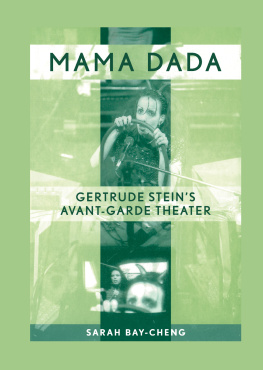
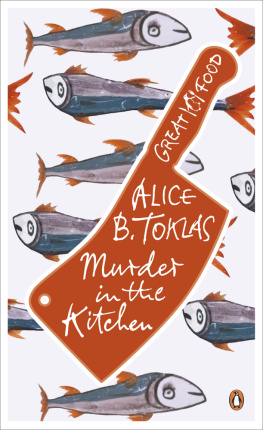

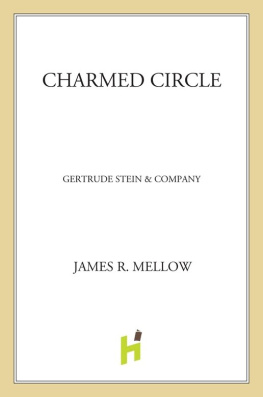
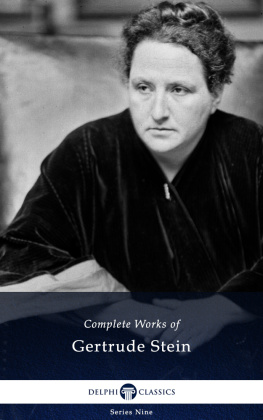




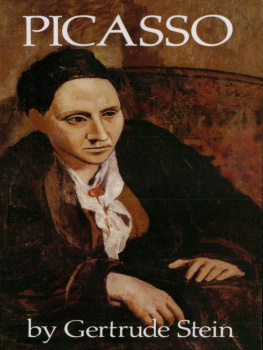
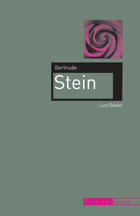
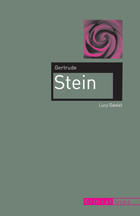
 Stanzas in Mediation is a co-publication of Yale University Press and the Beinecke Rare Book and Manuscript Library. Published with assistance from the foundation established in memory of James Wesley Cooper of the Class of 1865, Yale College. Stanzas in Meditation copyright 1956, 2010 Estate of Gertrude Stein. All rights reserved. Permission to publish facsimiles of materials from the Gertrude Stein and Alice B. Toklas Papers at the Beinecke Rare Book and Manuscript Library was granted by the Estate of Gertrude Stein through its Literary Executor, Mr.
Stanzas in Mediation is a co-publication of Yale University Press and the Beinecke Rare Book and Manuscript Library. Published with assistance from the foundation established in memory of James Wesley Cooper of the Class of 1865, Yale College. Stanzas in Meditation copyright 1956, 2010 Estate of Gertrude Stein. All rights reserved. Permission to publish facsimiles of materials from the Gertrude Stein and Alice B. Toklas Papers at the Beinecke Rare Book and Manuscript Library was granted by the Estate of Gertrude Stein through its Literary Executor, Mr.